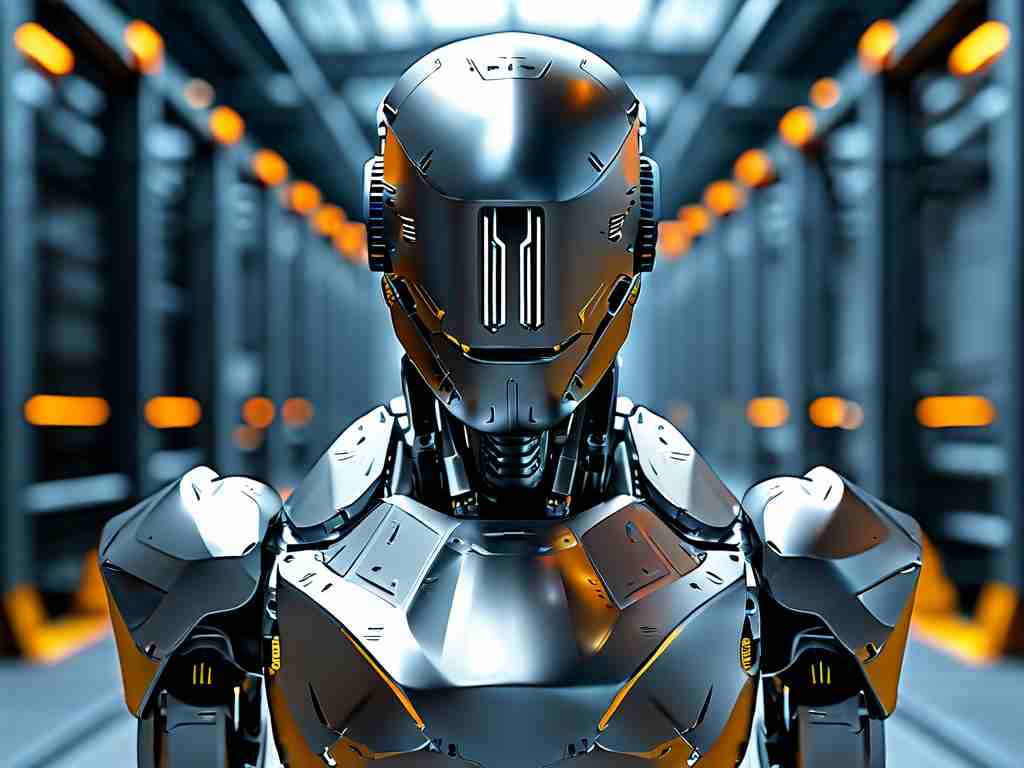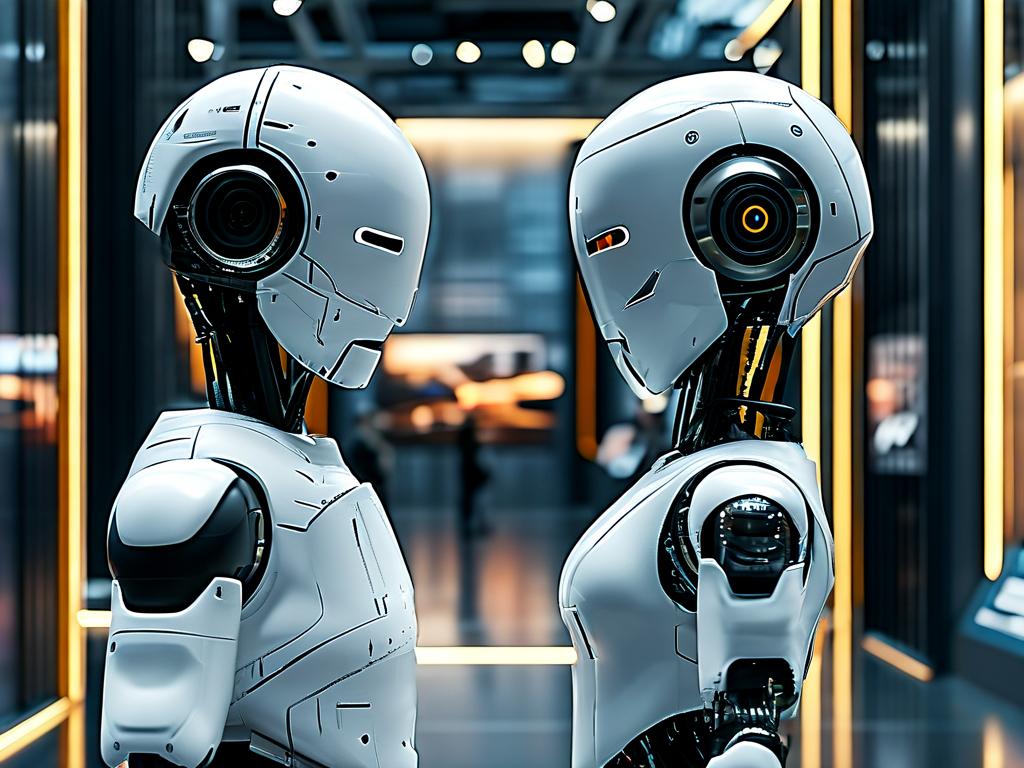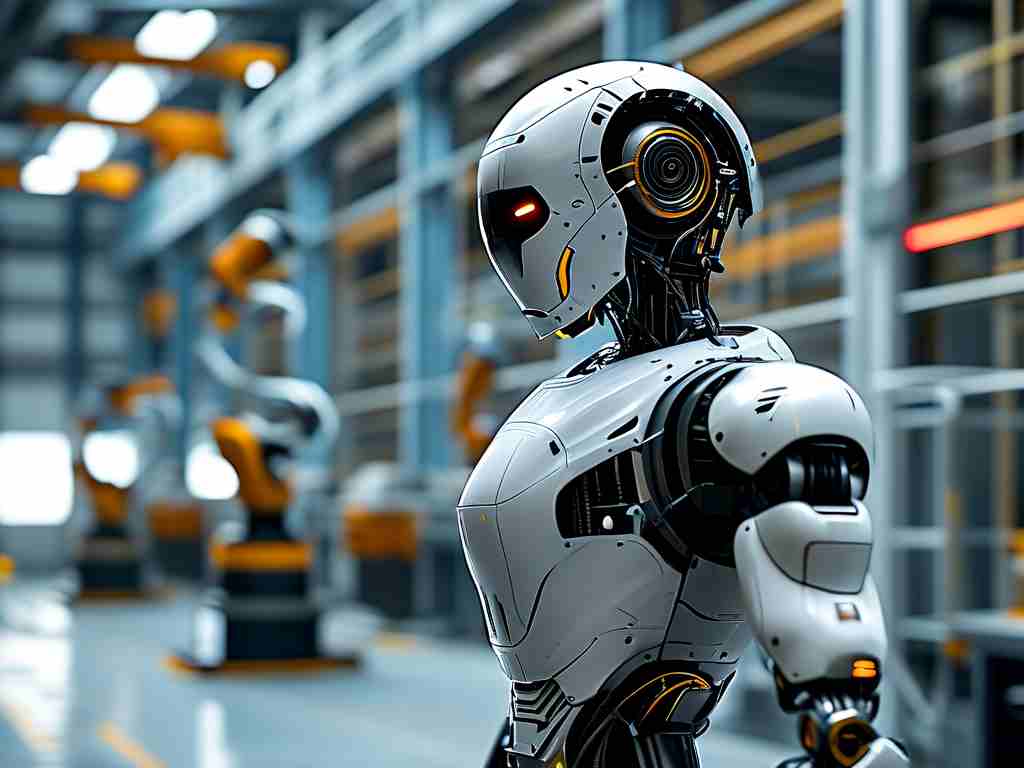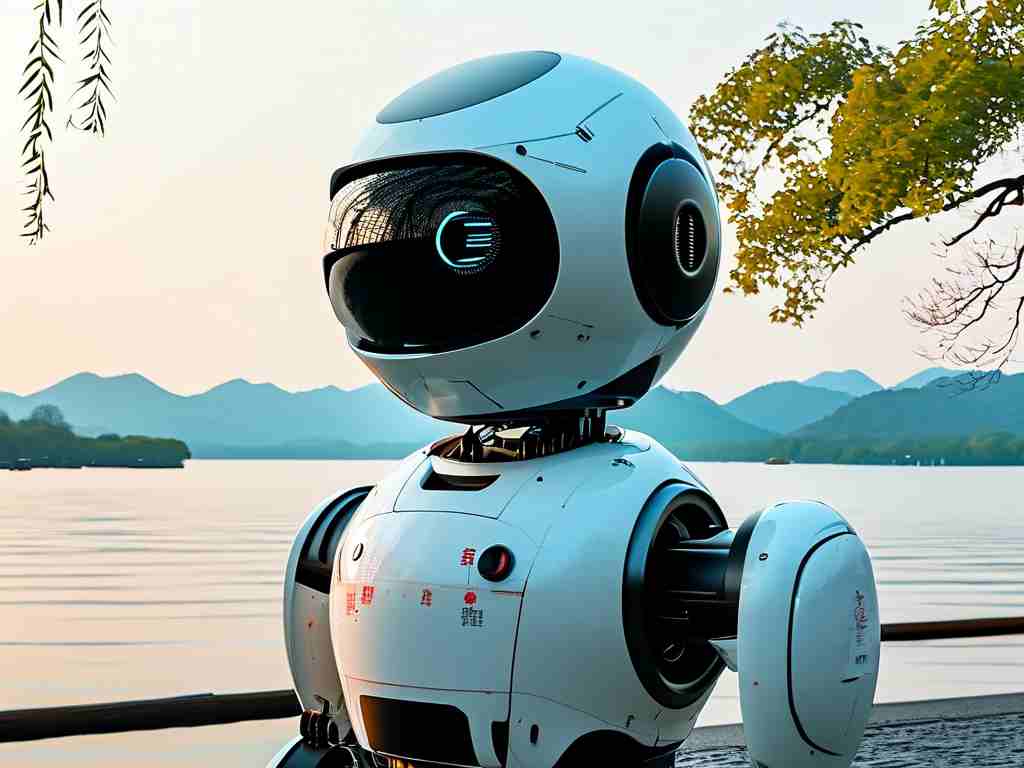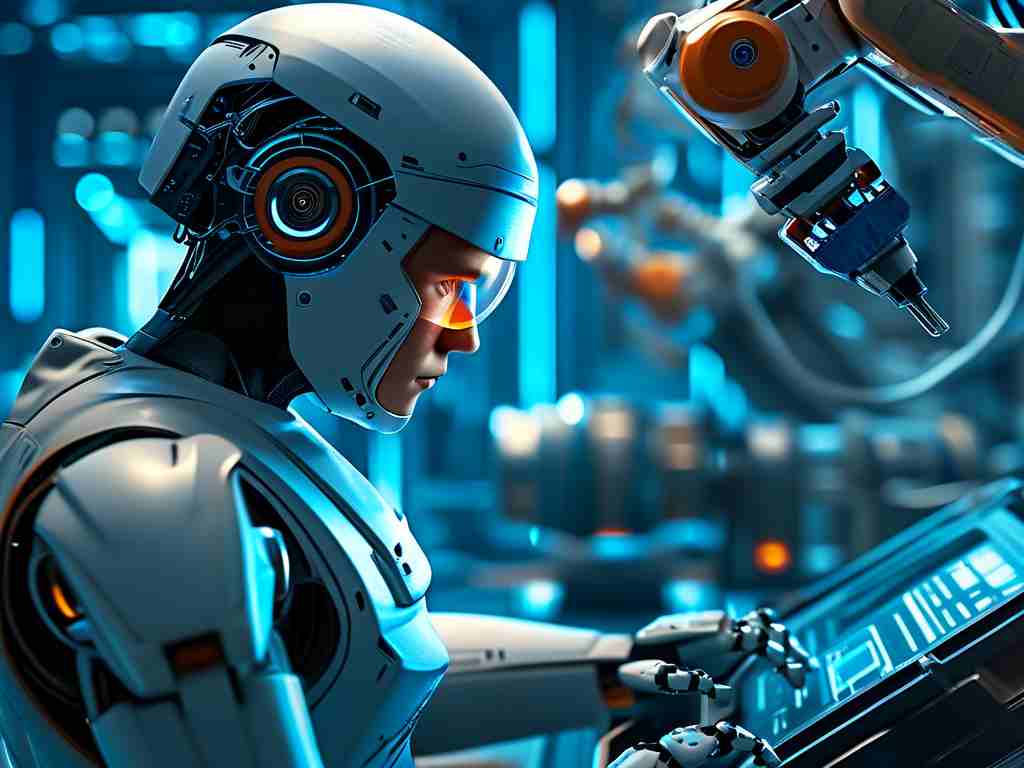In the bustling city of Yangjiang, located in Guangdong Province, China, a quiet revolution is unfolding in the realm of intelligent robot repair technology. This region, known for its industrial prowess, has become a hub for advancing maintenance solutions that keep automated systems running smoothly. As industries worldwide increasingly rely on robots for manufacturing, logistics, and even healthcare, the demand for efficient repair methods has skyrocketed. Yangjiang's innovators are stepping up, blending artificial intelligence with hands-on expertise to transform how we approach robot malfunctions. This article delves into the cutting-edge techniques emerging from Yangjiang, exploring their applications, benefits, and the future of this vital field.
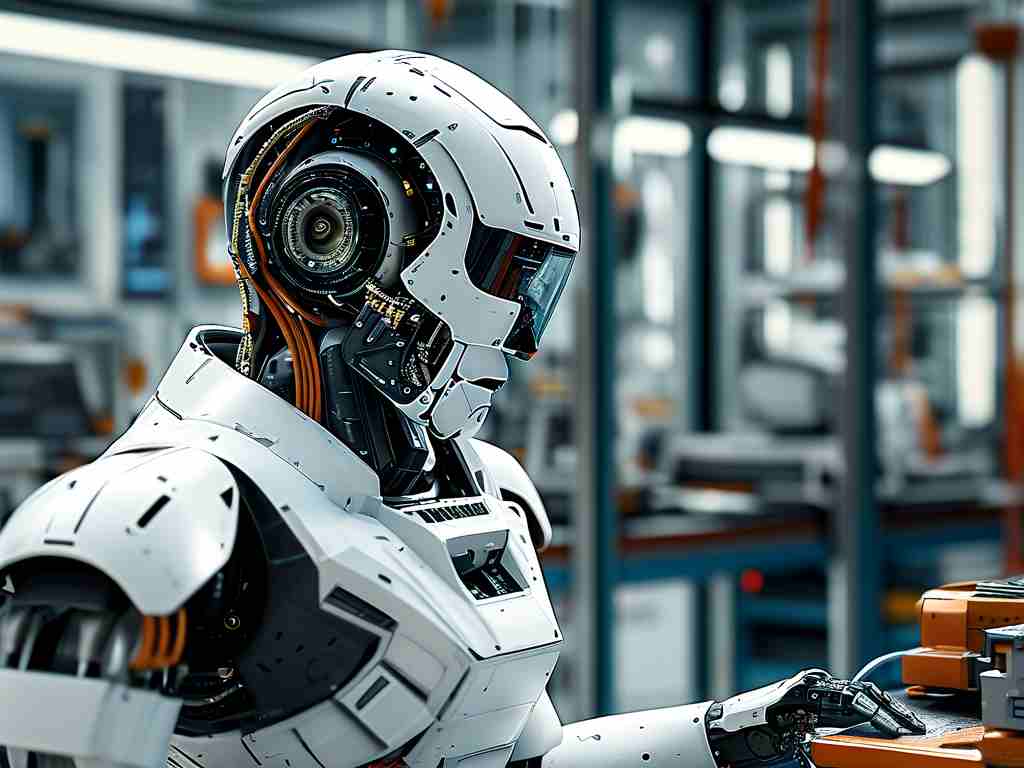
At the core of Yangjiang's approach is the integration of AI-driven diagnostics. Unlike traditional repair methods that often involve time-consuming manual inspections, local technicians use sophisticated algorithms to predict and identify issues before they escalate. For instance, sensors embedded in robotic arms collect real-time data on performance metrics like temperature fluctuations or abnormal vibrations. Machine learning models then analyze this data, flagging potential failures with over 95% accuracy. This predictive maintenance not only minimizes downtime but also extends the lifespan of expensive equipment. In a recent case study, a Yangjiang-based factory reported a 40% reduction in repair costs after adopting these AI tools, demonstrating how smart technology can drive economic efficiency.
Another key aspect of Yangjiang's innovation lies in remote repair capabilities. With the rise of IoT connectivity, technicians can now troubleshoot robots from afar using secure cloud platforms. This is particularly valuable in scenarios where on-site visits are impractical, such as during global supply chain disruptions. Engineers in Yangjiang have developed user-friendly interfaces that allow operators to perform diagnostics via tablets or smartphones. For example, a simple code snippet like robot_diagnose --sensor=thermal --output=report enables quick thermal scans and generates repair reports instantly. This democratizes access to expert knowledge, empowering even small businesses to handle complex repairs without relying on external specialists. Such advancements highlight how Yangjiang is democratizing high-tech maintenance, making it accessible and affordable.
Training and skill development form the backbone of Yangjiang's success in robot repair. Local institutions have established specialized programs that blend theoretical education with practical workshops. Students learn not only about hardware components like servo motors and circuit boards but also about software integration and ethical AI use. This holistic approach ensures a steady pipeline of skilled workers who can adapt to evolving technologies. Moreover, partnerships with international firms bring global best practices to Yangjiang, fostering a culture of continuous improvement. The result is a workforce capable of tackling everything from routine tune-ups to intricate overhauls, boosting regional competitiveness and setting a benchmark for others to follow.
The benefits of Yangjiang's intelligent robot repair technologies extend beyond cost savings. Enhanced safety is a major advantage, as AI systems can detect hazardous conditions—such as electrical faults or mechanical stress—before they cause accidents. Environmental sustainability also plays a role; optimized repairs reduce waste by extending equipment usability, aligning with global green initiatives. For instance, predictive models help avoid unnecessary part replacements, cutting down on electronic scrap. Additionally, these innovations support job creation in Yangjiang, with new roles emerging in data analysis and tech support, thereby strengthening the local economy.
Looking ahead, the future of robot repair in Yangjiang promises even greater strides. Research is underway on quantum computing applications for faster diagnostics and blockchain for secure repair logs. As AI continues to evolve, we may see fully autonomous repair bots that can self-diagnose and fix issues without human intervention. However, challenges remain, such as ensuring data privacy and addressing the skills gap in emerging markets. By staying at the forefront of these developments, Yangjiang is poised to influence global standards, making robot maintenance more reliable, efficient, and innovative. In essence, this city's journey exemplifies how localized tech hubs can drive worldwide progress, turning everyday repairs into opportunities for transformation.


